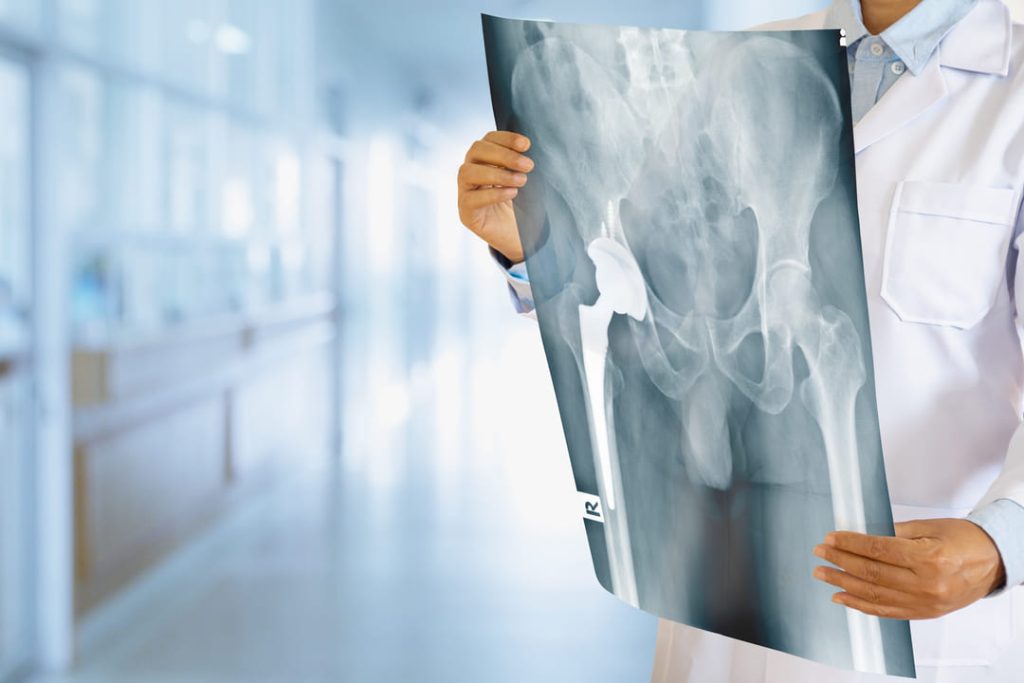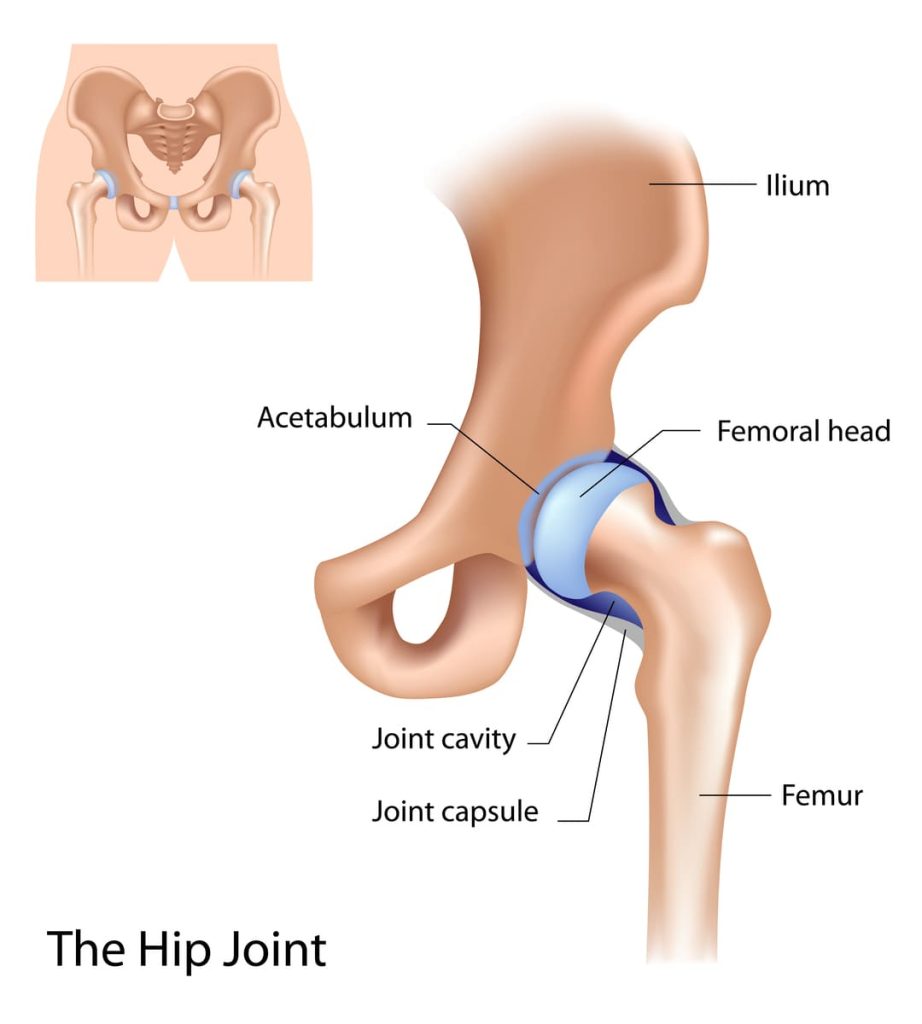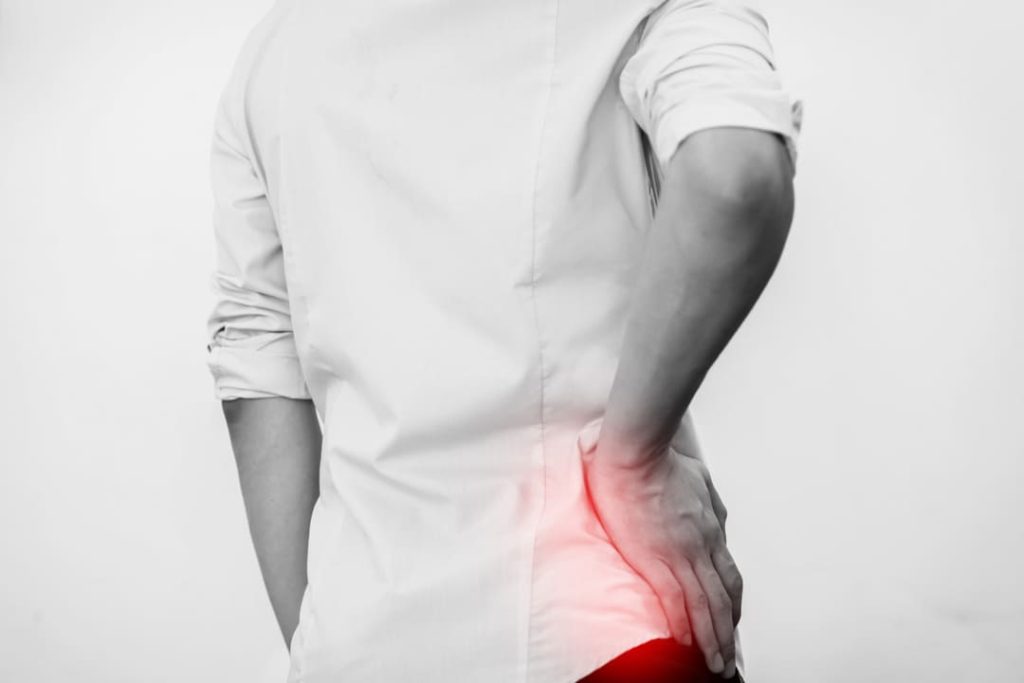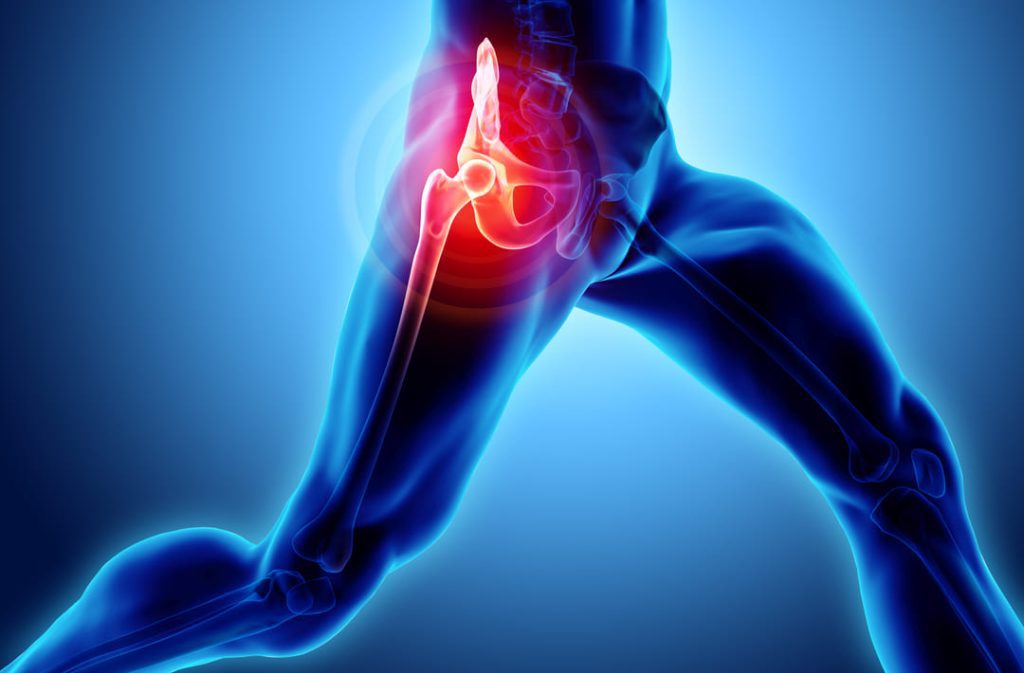Looking for Expert-Level VA Claim Answers?📱Call Us Now! 737-295-2226
Hip pain can significantly affect the lives of veterans, particularly when it arises from service-related injuries.
Understanding how to win a VA disability rating for hip pain is crucial in order to receive all of the VA compensation and benefits you deserve for your hip pain.
In this Ultimate Guide, we’ll reveal how to get a VA disability rating for hip pain, exploring bilateral hip conditions, hip labral tears, hip pain as a secondary condition, and more!
- Hip Pain VA Disability
- How Veterans Can Prove Service Connection for Hip Pain
- Bilateral Hip Condition VA Rating
- Hip Labral Tear VA Disability Rating
- Osteoarthritis
- VA Disability Rating for Hip Replacement
- Conclusion
- Hip Pain VA Disability Rating (FAQs) Frequently Asked Questions
- What is a VA disability rating for hip pain, and how is it determined?
- Can I receive compensation for bilateral hip conditions?
- What secondary conditions can result from hip pain, and how are they linked to service-connected disabilities?
- What are the implications of a hip labral tear on VA disability benefits?
- How can I maximize my VA disability rating for hip pain?
- NEED MORE ASSISTANCE?

You DESERVE a HIGHER VA rating.
Take advantage of a VA Claim Discovery Call with an experienced Team Member. Learn what you’ve been missing so you can FINALLY get the disability rating and compensation you’ve earned for your service.
Hip Pain VA Disability
The VA utilizes diagnostic codes to rate conditions such as ankylosis of the hip, assigning hip pain VA disability percentages that correlate with the severity of the disability.
For instance, an unfavorable or extremely unfavorable condition resulting in ankylosis may warrant a 90% VA rating, translating to a monthly payment of $2,241.91 for a single veteran with no dependents.
Intermediate conditions may be rated at 70%, with a corresponding monthly compensation of $1,716.28.
Favorable cases with flexion at specific angles might receive a 60% VA rating and the associated payment.
How Veterans Can Prove Service Connection for Hip Pain
To receive a VA disability rating for hip pain, you must first establish a service connection.
The three essential elements for service connection are:
- A current medical diagnosis of a disability condition,
- Evidence of an in-service event, injury, disease, or aggravation.
- A “nexus” (or link) between #1 and #2 via competent medical evidence.
Veterans should keep copies of their medical records to help establish a service connection.
By taking these steps, veterans can have a high chance of winning their claim so they receive the VA benefits and care they need to manage their hip pain.

Bilateral Hip Condition VA Rating
Bilateral hip conditions affect both hips and may include conditions like arthritis, osteoarthritis, or avascular necrosis.
Depending on the cause, the VA may award a bilateral hip strain VA rating using diagnostic codes 5313-5318 or codes 5250-5255 based on the limited range of motion in the hip.
VA adjudicators use these codes to determine bilateral hip pain VA disability ratings between 0% and 90%, depending on the severity of your specific condition.
Hip Labral Tear VA Disability Rating
A hip labral tear is a common injury among veterans, particularly those engaged in physically demanding activities during their service. This condition occurs when the labrum, the cartilage lining the hip socket, tears, leading to pain and discomfort.
A hip labral tear VA disability rating is based on factors such as pain severity, functional impairment, and response to treatment.

Osteoarthritis
If the hip pain is due to osteoarthritis, the VA will assign a rating according to 38 CFR § 4.71a, Schedule of Ratings – Musculoskeletal System, Diagnostic Code 5003.
The VA hip rating criteria are as follows:
- 20% – with X-ray evidence of involvement of two or more major joints or two or more minor joint groups, with occasional incapacitating exacerbations
- 10% – with X-ray evidence of involvement of two or more major joints or two or more minor joint groups

VA Disability Rating for Hip Replacement
Severe or ongoing hip pain may result in the need for a hip replacement. During a hip replacement, a surgeon removes the injured part of the hip and replaces it with an artificial part.
The VA uses diagnostic code 5054 as below to determine your hip replacement VA disability rating:
- 100%: For the four months immediately following the implantation of a prosthesis or hip resurfacing, a veteran may be eligible for a 100% VA disability rating.
- 90%: If a prosthetic replacement of the head of the femur or acetabulum results in painful motion or weakness necessitating the use of crutches, a 90% VA disability rating may be assigned.
- 70%: Veterans experiencing markedly severe residual weakness, pain, or limitations in motion following the implantation of a prosthesis may qualify for a 70% VA disability rating.
- 50%: A 50% VA disability rating may be warranted for veterans with moderately severe residuals of weakness, pain, or limitations in motion after hip replacement surgery.
- 30%: In cases where there are minimal residuals or limitations solely due to total hip replacement, a minimum VA disability rating of 30% may be assigned.

Hip Range of Motion VA Rating
When assessing hip pain that does not lead to ankylosis, the VA rates it based on the limitation of motion. This evaluation involves orthopedic measurements to gauge the range of motion in various directions within the joint.
These measurements include flexion (bringing the leg forward), extension (extending the leg backward), adduction (inward movement toward the midline), abduction (outward movement away from the midline), and rotation (twisting the leg to turn the foot outward).
Each of these movements has a standard range of motion associated with it.
If a person’s hip pain restricts movement beyond this normal threshold, they may qualify for hip range of motion VA ratings under 38 CFR § 4.71a.
TDIU and Hip Pain
Some veterans with certain hip pain causes and ratings may be eligible for Total Disability Individual Unemployment benefits, or TDIU.
In general, TDIU is only available to claimants who are unable to secure or follow a substantially gainful occupation as a result of their service-related disability.
However, to qualify for TDIU, you must be able to demonstrate that your hip pain is both service-related and sufficiently severe to prevent you from working, as well as you have:
- At least one service-connected disability rated at 60% or more disabling OR
- Two or more service-connected disabilities, with at least one rated at 40% or more disabling and a combined VA rating of 70% or more
Hip Pain as a Secondary Condition
Hip pain can also manifest as a secondary condition resulting from service-connected disabilities such as back injuries.
Veterans may experience radiating hip pain due to nerve compression or musculoskeletal issues originating from the spine.
Also, many veterans live with hip pain secondary to knee pain, so establishing a clear nexus between the primary and secondary conditions is essential for receiving VA disability benefits.
See also:
VA Rating for Hip Pain Secondary to Back
VA Disability Hip Pain Secondary to Knee Pain

Maximizing Your Hip Pain VA Disability Benefits
Ensure thorough documentation of your hip pain symptoms, treatments, and functional limitations. Seek medical opinions from healthcare professionals familiar with your condition and its impact on your daily life.
Be proactive in pursuing your VA disability for hip pain, including gathering relevant medical records and supporting evidence.
Conclusion
Being awarded a VA disability rating for hip pain requires service connection. A VA disability rating for hip pain can range from 0% to 100%, depending on the severity of your specific hip condition.
We’ve explored the nuances of various hip VA disability ratings, from bilateral hip issues to hip labral tears and secondary conditions like hip pain secondary to knee injuries.
Understanding the hip pain VA disability rating criteria, obtaining accurate documentation, and seeking expert VA claims guidance can significantly enhance your chances of receiving all the VA disability compensation and benefits you deserve for your service-related hip pain.

Hip Pain VA Disability Rating (FAQs) Frequently Asked Questions
What is a VA disability rating for hip pain, and how is it determined?
A VA disability rating for hip pain assesses the severity of the condition and its impact on daily functioning. Factors considered include pain intensity, functional impairment, and limitations in range of motion. Your hip pain VA rating percentage is determined based on the extent of these limitations, with higher ratings indicating greater disability.
Can I receive compensation for bilateral hip conditions?
Yes, veterans with bilateral hip conditions affecting both hips may be eligible for VA disability compensation. Your bilateral hip VA rating is based on the severity of the impairment of your specific condition and its impact on your daily life and mobility.
Specific diagnostic codes are used to determine the appropriate hip pain VA rating percentage, which ranges from 0% to 90%.
What secondary conditions can result from hip pain, and how are they linked to service-connected disabilities?
Secondary conditions like hip pain due to knee injuries or back issues may develop as a result of service-connected disabilities.
To establish a connection between the primary and secondary conditions, veterans must provide medical evidence demonstrating the relationship between the two.
This often involves obtaining an official diagnosis, documenting the in-service event or injury, and obtaining a nexus letter from a qualified medical professional linking the conditions.
What are the implications of a hip labral tear on VA disability benefits?
A hip labral tear, a common injury among veterans, can significantly impact mobility and quality of life. VA disability ratings for hip labral tears consider factors such as pain severity, functional impairment, and response to treatment. Veterans with documented hip labral tears may be eligible for disability compensation based on the extent of their limitations.
How can I maximize my VA disability rating for hip pain?
Maximizing your VA disability rating for hip pain involves thorough documentation of symptoms, seeking medical opinions from healthcare professionals and proactive pursuit of your hip pain VA disability claim.

NEED MORE ASSISTANCE?
Most veterans are underrated for their disabilities and, therefore, not getting their due compensation. At VA Claims Insider, we help you understand how to take control of the claims process so you can get the rating and compensation you’re owed by law. Our process takes the guesswork out of filing a VA disability claim and supports you every step of the way in building a fully-developed claim (FDC)—so you can increase your rating FAST!
If you’ve filed your VA disability claim and have been denied or have received a low rating—or you’re unsure how to get started—reach out to us! Take advantage of a FREE VA Claim Discovery Call. Learn what you’ve been missing—so you can FINALLY get the disability rating and compensation YOU DESERVE!

Asaad Fakhir
A former US Army translator in Iraq (2006-2009) and an ex-commissioned Iraqi officer, Asaad graduated from the Royal Australian Military College (2010-2014). Asaad holds a Bachelor’s degree in English Arts and currently serves as a content writer at VACI, leveraging military experience with linguistic skills to create impactful content.



